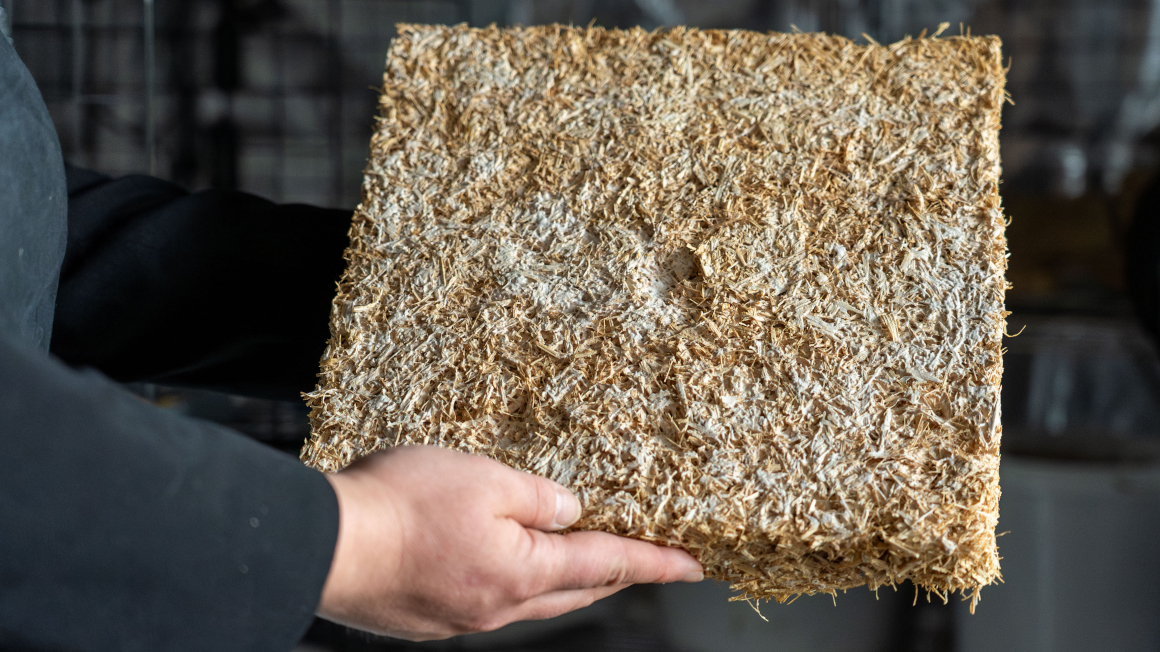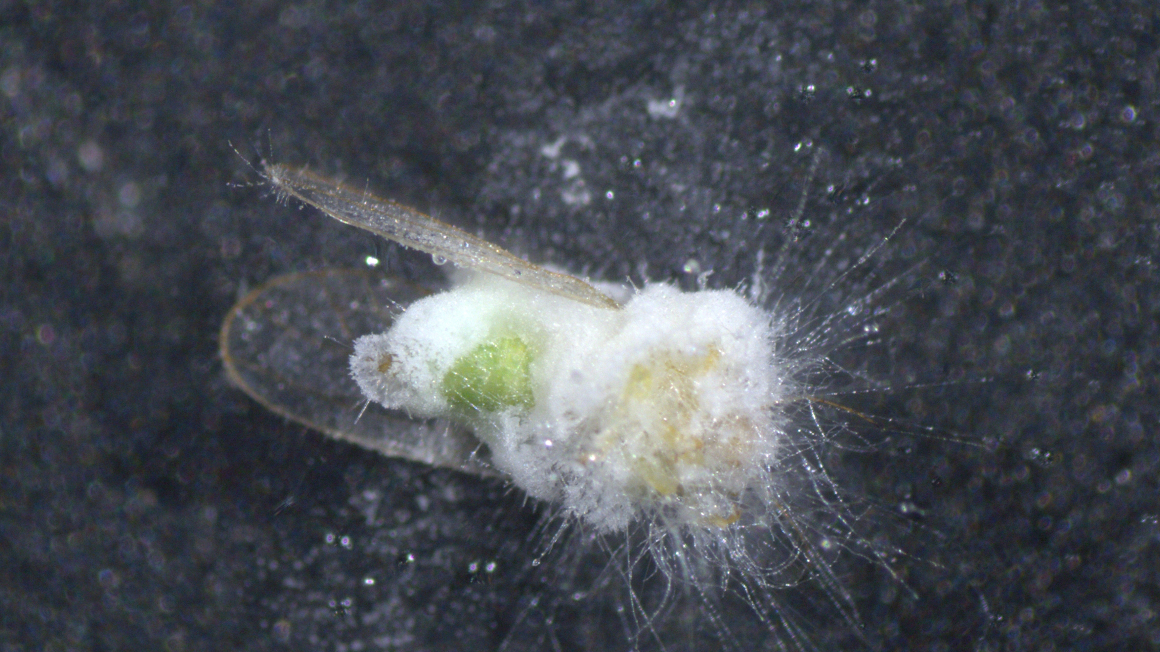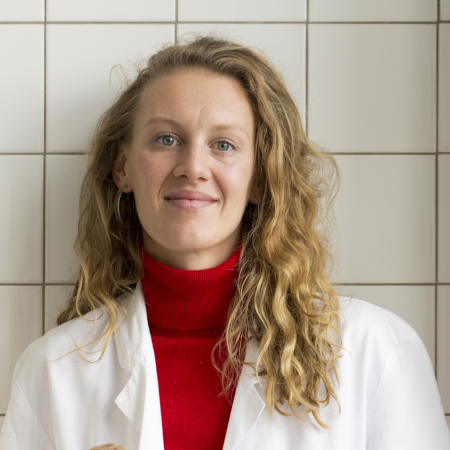Establishing insulation materials made from fungal mycelium as a building material
In the ‘Mycobuild’ project, researchers at Hof University of Applied Sciences aim to demonstrate that thermal insulation materials made from fungal mycelium can also be produced industrially, economically and ecologically.

Manufacturers of conventional insulation materials mostly rely on synthetic or mineral substances, the production of which consumes a lot of energy and causes CO₂ emissions. At the Institute for Circular Economy of Bio:Polymers (ibp) at Hof University of Applied Sciences, researchers are working on a sustainable alternative in the ‘Mycobuild’ project: they want to put thermal insulation materials based on fungal mycelium into use and establish an industrial manufacturing process that is both ecological and energy-efficient. The project is funded by the Federal Ministry of Research, Technology and Space (BMFTR) as part of the DATIpilot programme.
Manufacturing insulation materials in an environmentally friendly and resource-efficient way
The principle: fungal mycelium grows on agricultural residues such as straw, penetrating it completely and forming stable panels. These are then dried, heated and thus preserved. The advantages of fungus mycelium-based building materials are obvious: fungus mycelium is compostable, stores CO₂ and requires significantly less energy to produce than fossil-based products. In addition, the raw material can be obtained from local waste products such as straw, thus creating closed cycles in the construction industry. ‘With Mycobuild, we are demonstrating that insulation materials can also be produced in an environmentally friendly, regional and resource-saving manner,’ emphasises project manager Robert Honke. A mineral coating, currently being developed by industry partner Johann Bergmann GmbH & Co. KG, will also make the materials resistant to moisture and thus suitable for everyday use.
Growth and selection of fungi are crucial
However, one of the biggest challenges is enabling the fungi to grow under controlled conditions, as they are very sensitive to contamination. ‘We have to find the perfect balance: the substrate must provide enough nutrients for the mycelium to grow optimally, but must not contain too much sugar to prevent mould growth,’ explains Katharina Wellmanns, research assistant at the ibp.
The selection of fungi is also crucial, with researchers focusing on native species. ‘Some fungi grow faster, others form more stable structures. Oyster mushrooms in particular have proven to be a robust candidate, as they spread quickly and form dense networks,’ explains Wellmanns.
Proving feasibility by 2026
The Mycobuild team now wants to prove the industrial feasibility of the process by 2026. If scaling is successful, insulation materials made from fungal mycelium could not only replace conventional insulation materials, but also lead to more climate-friendly and resource-efficient construction methods.
bb


